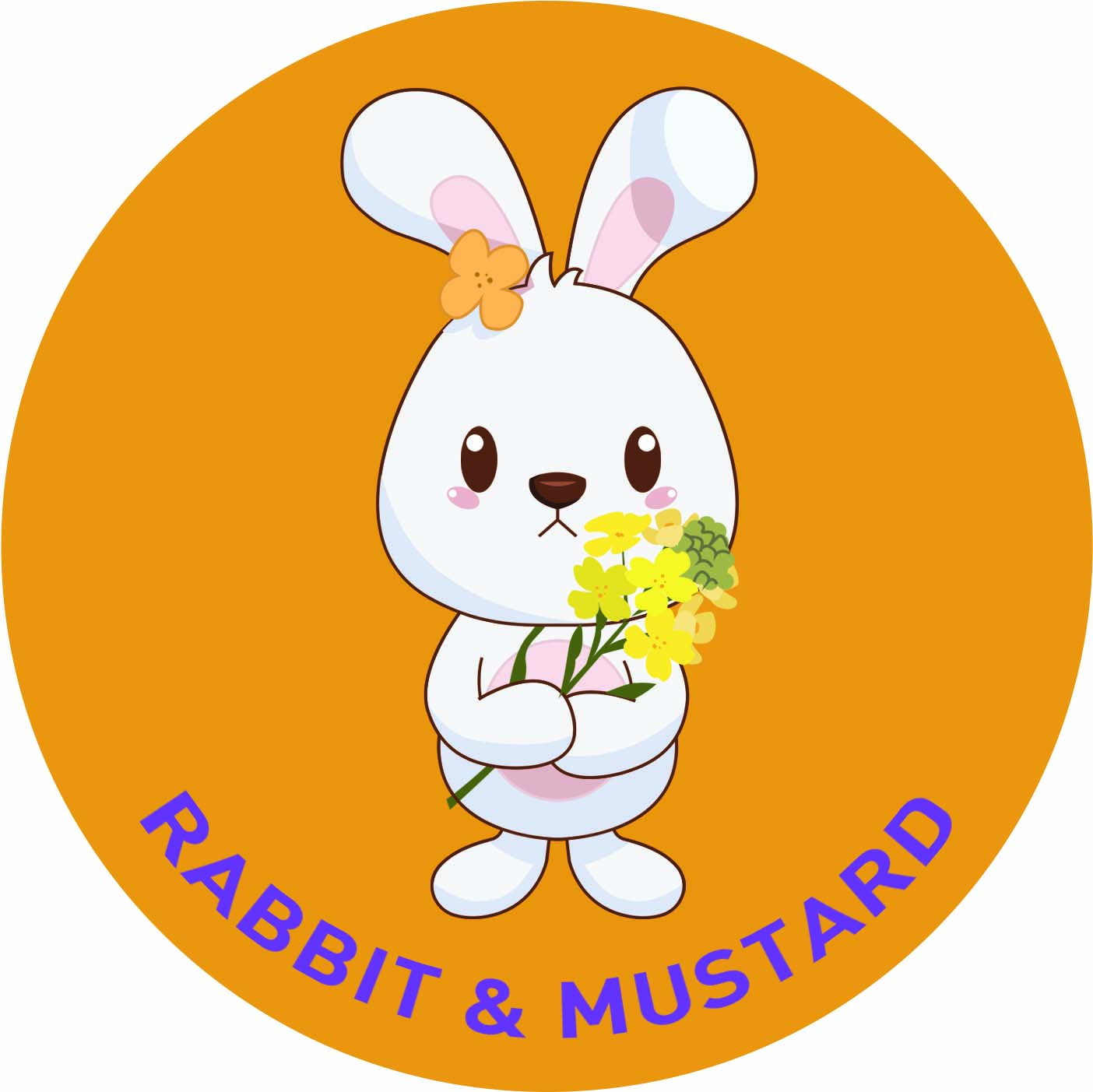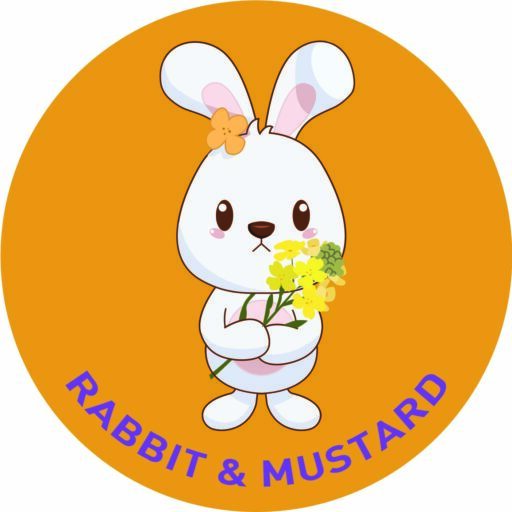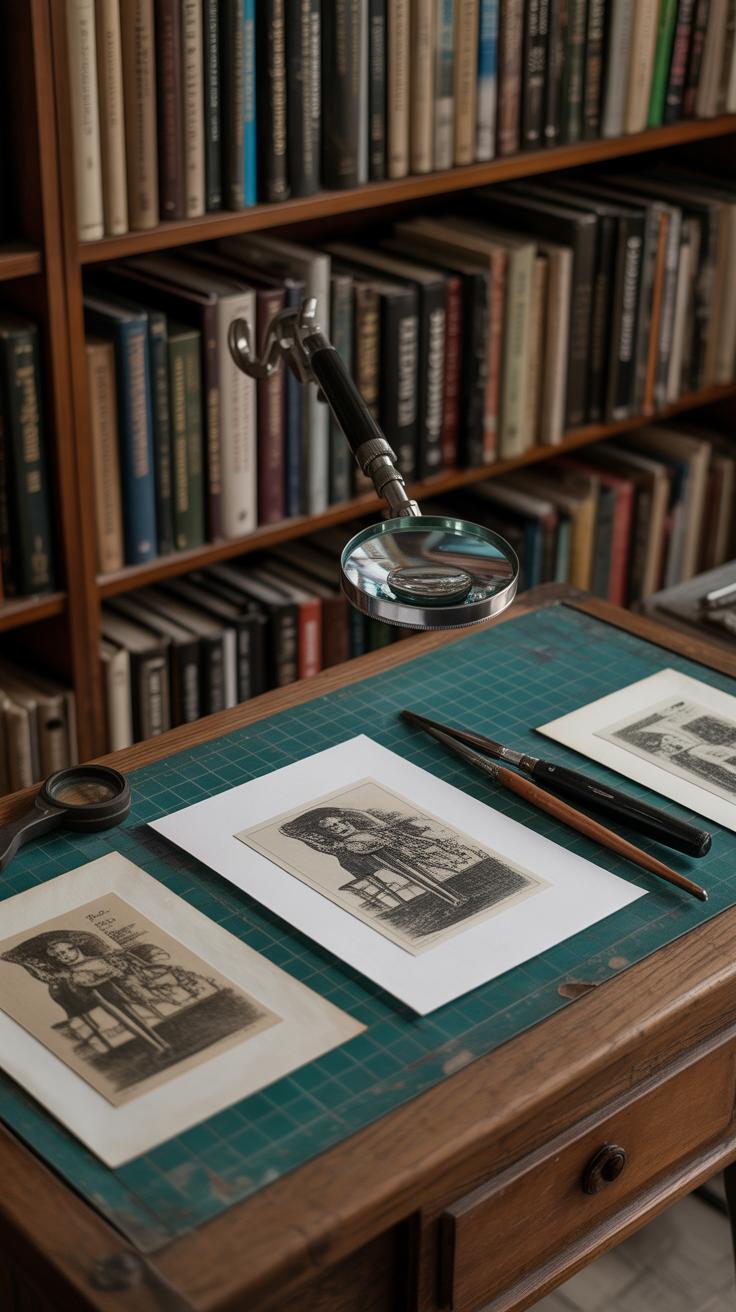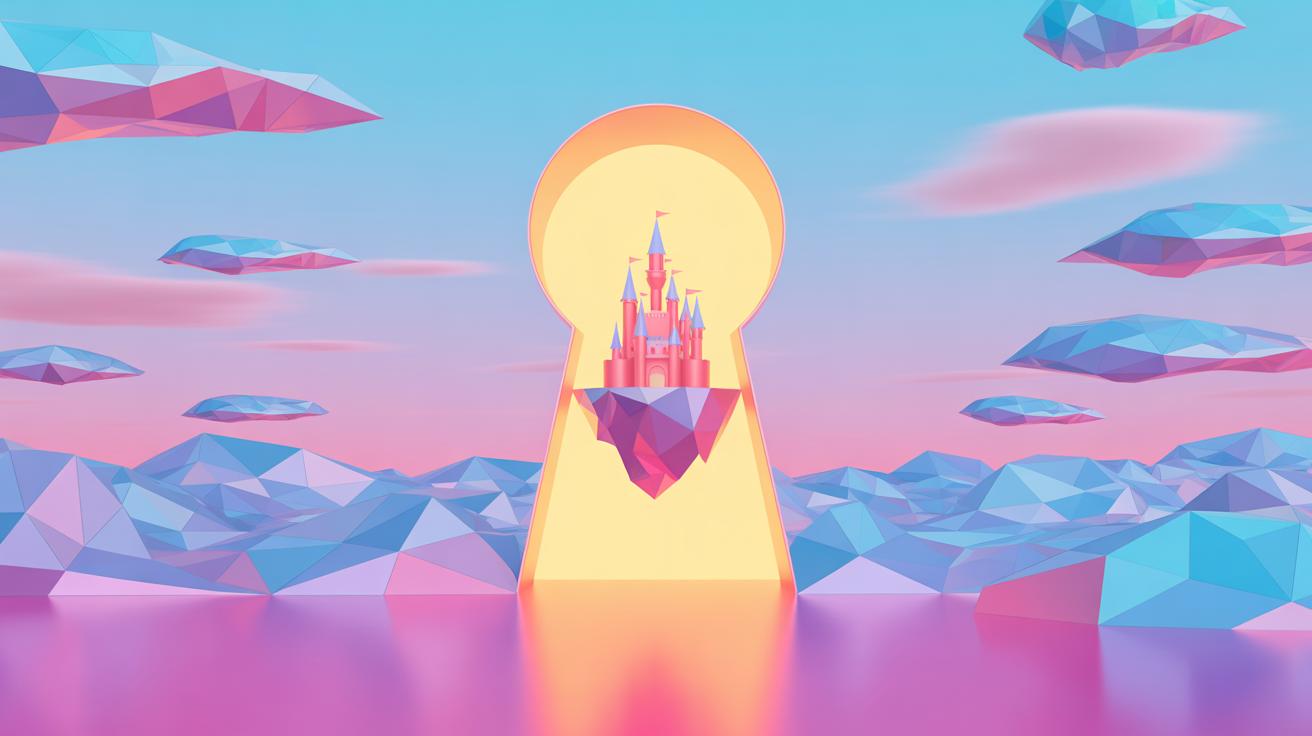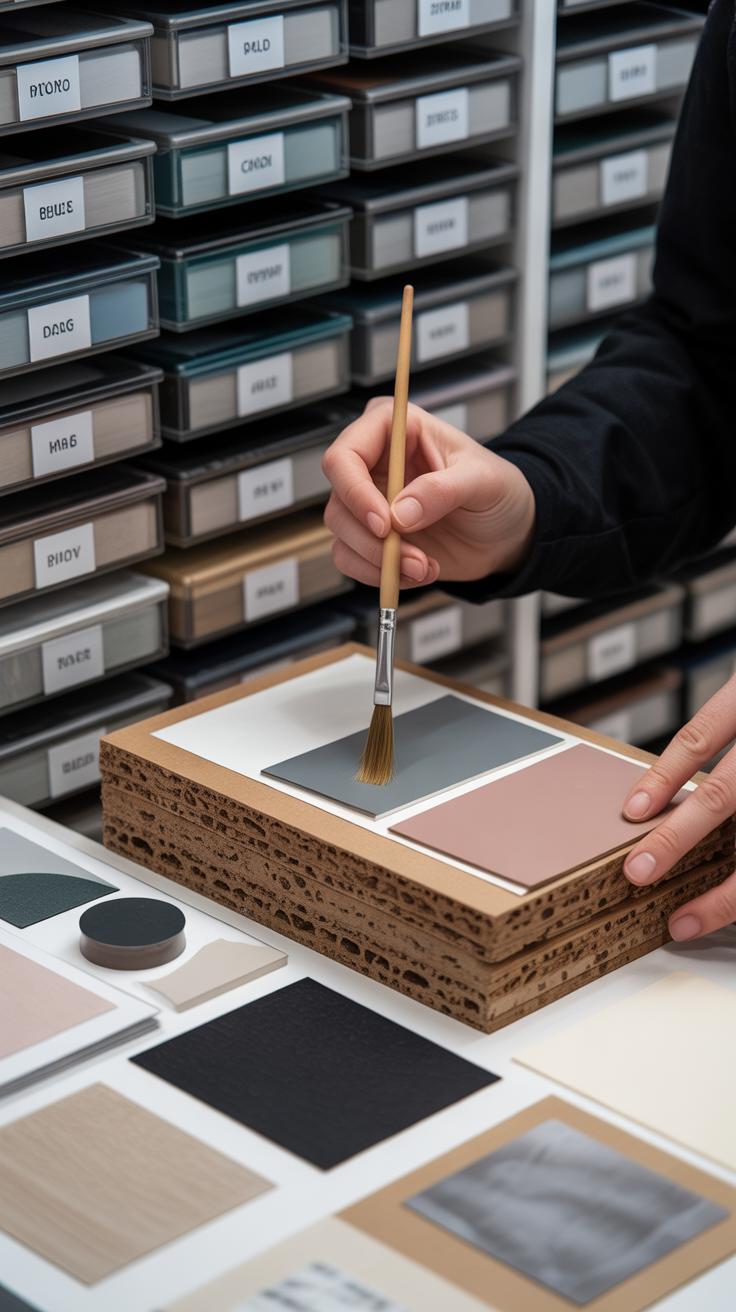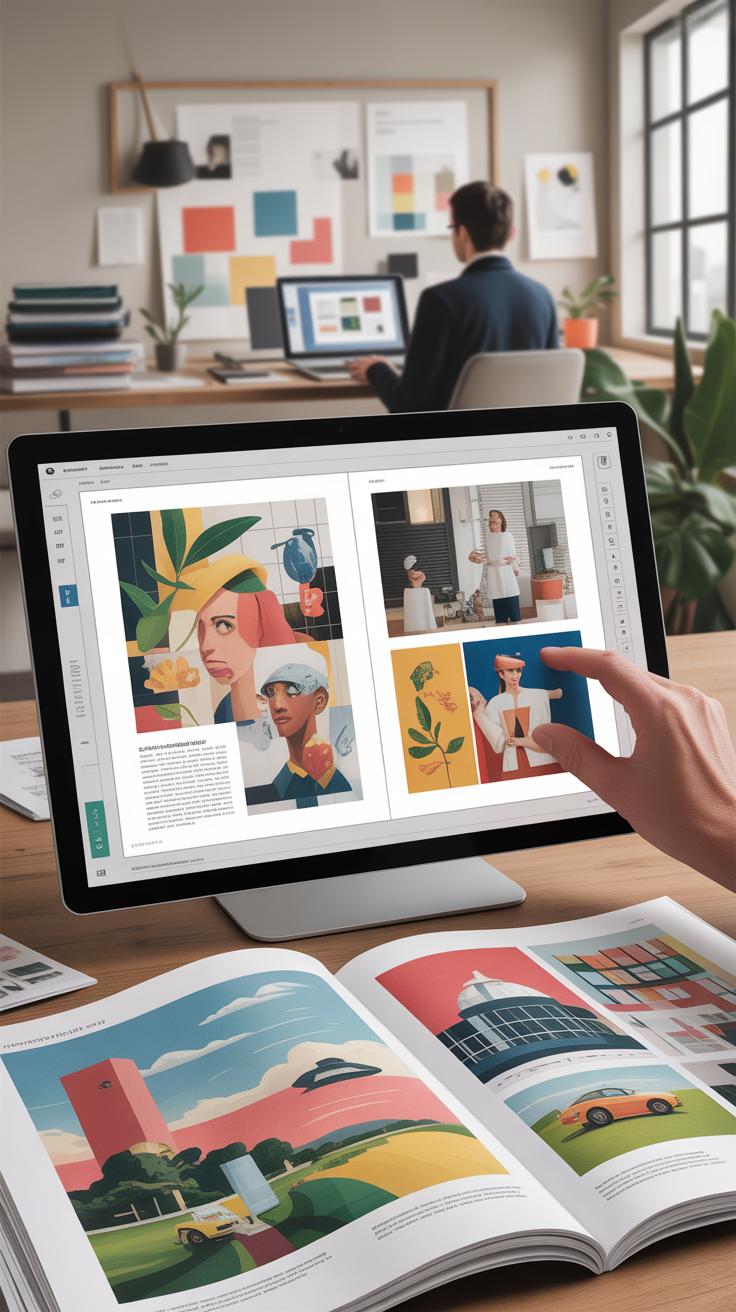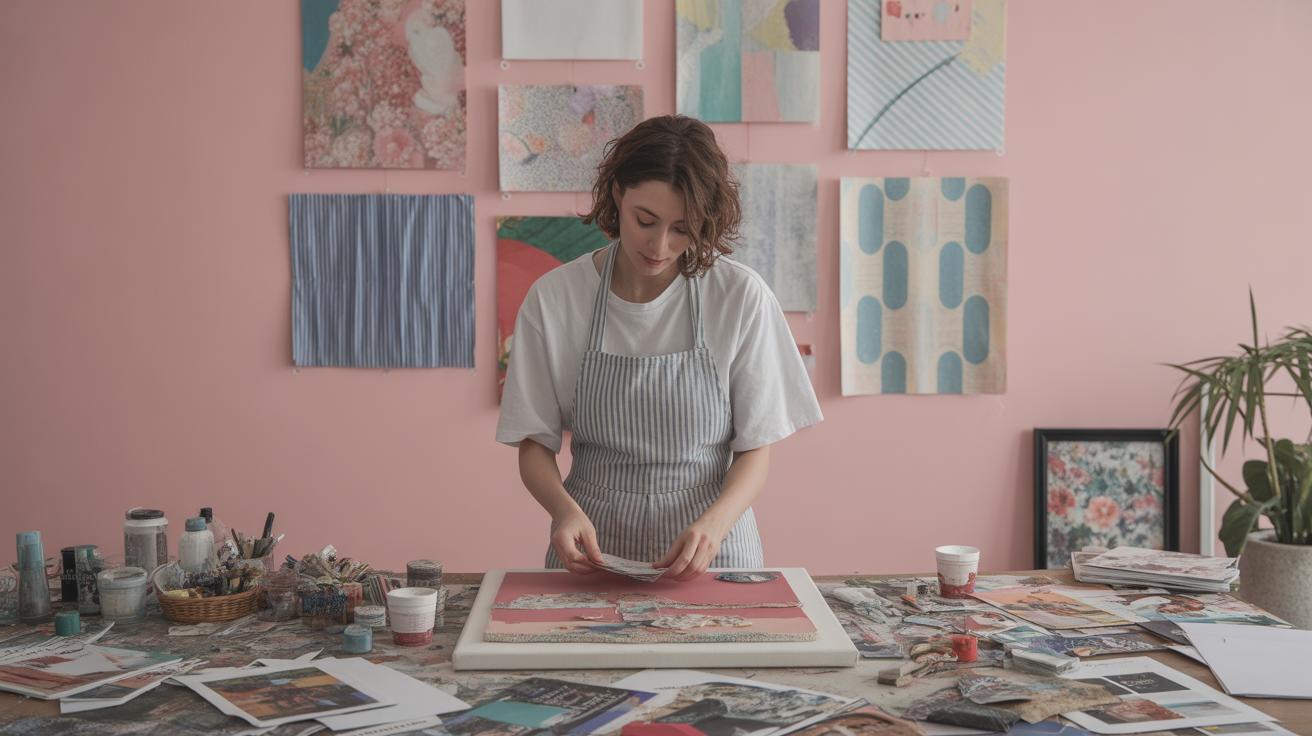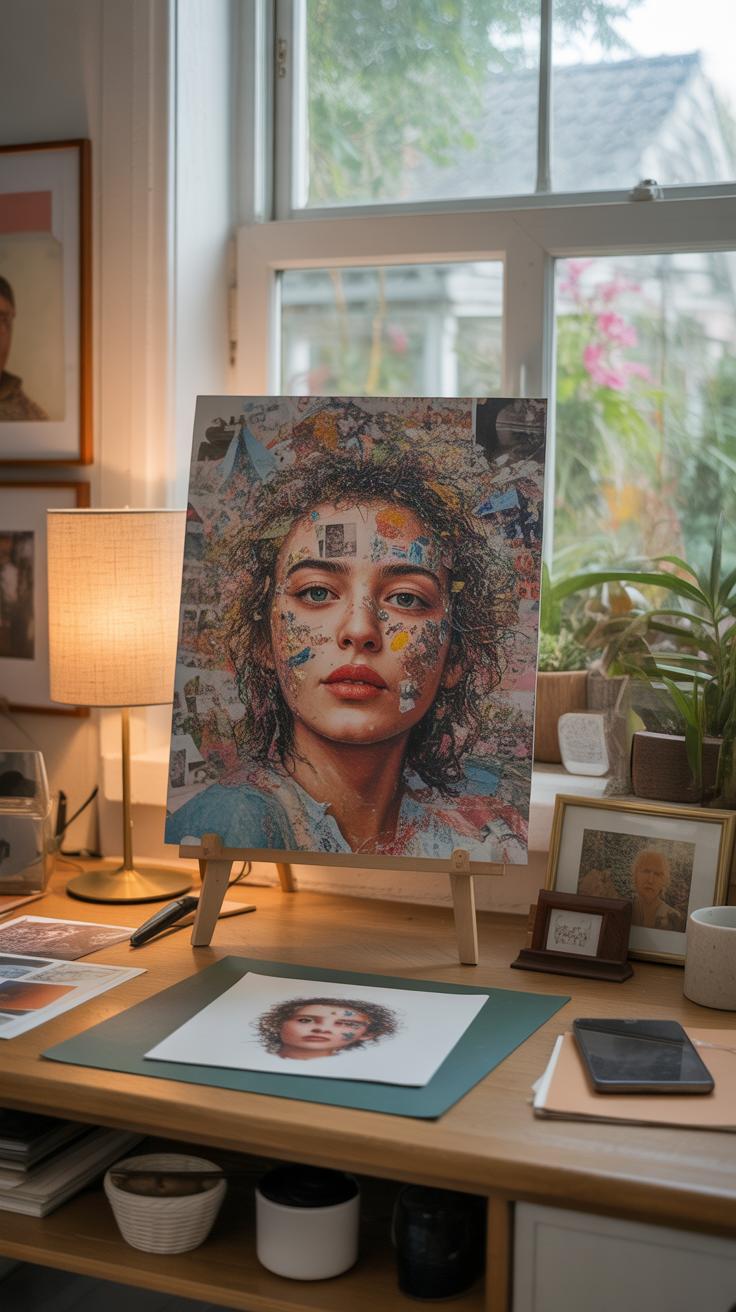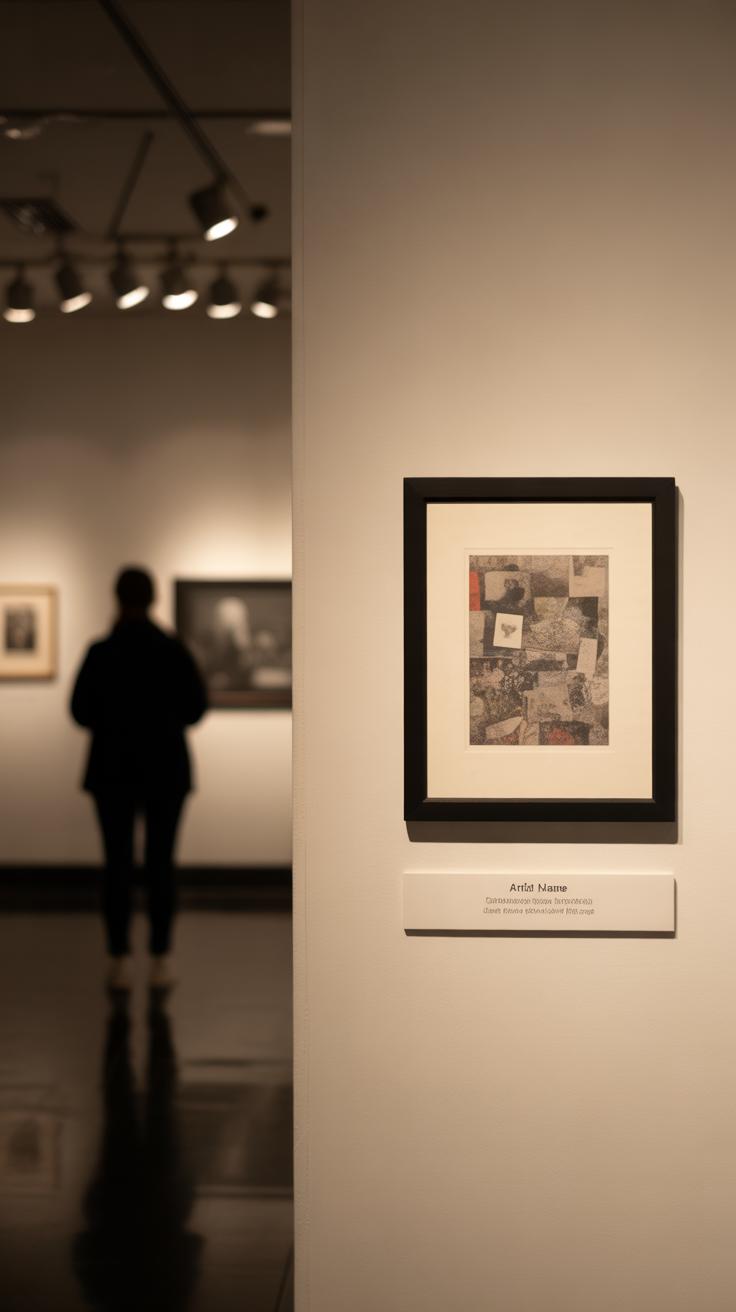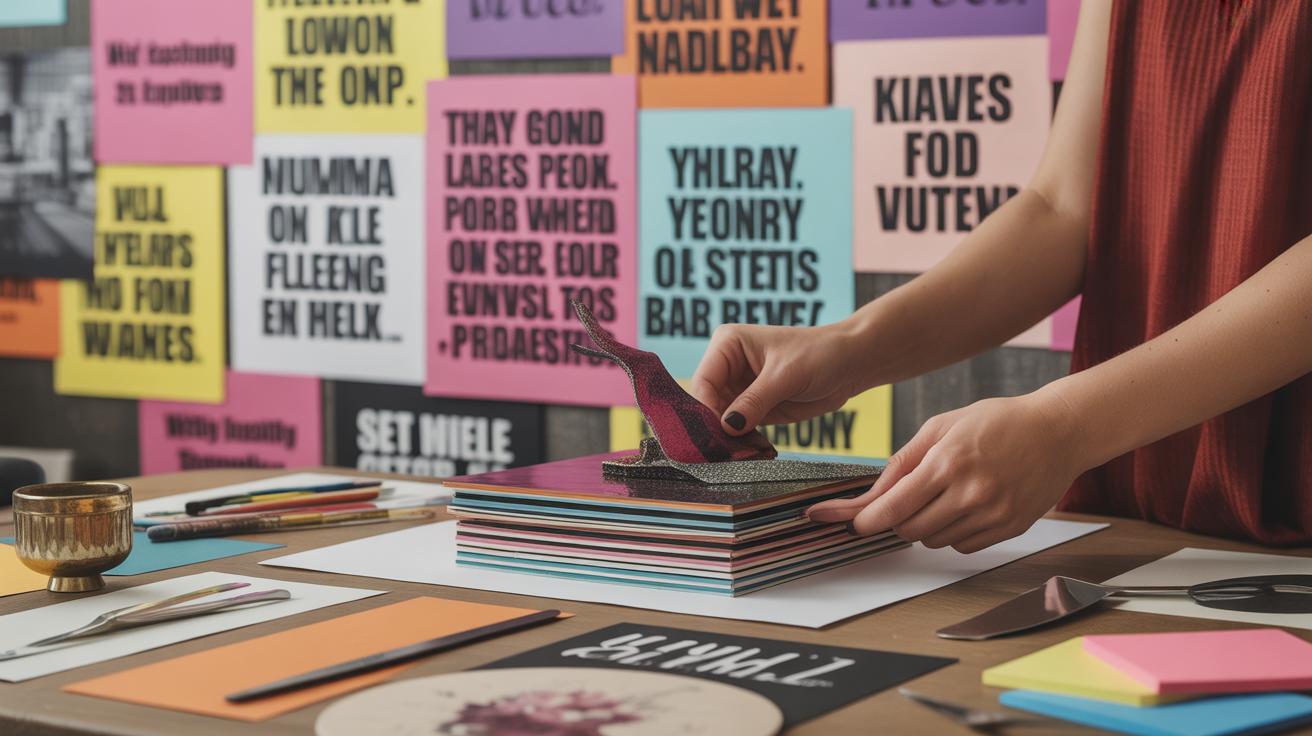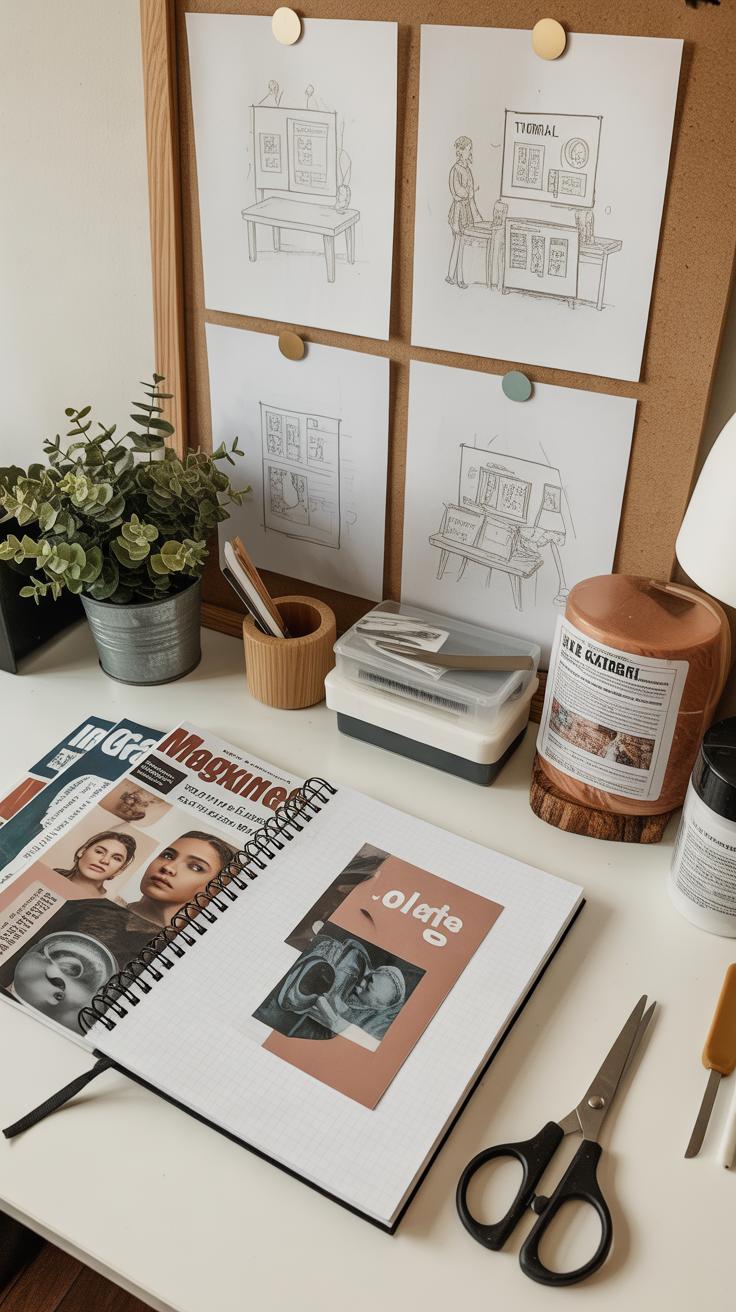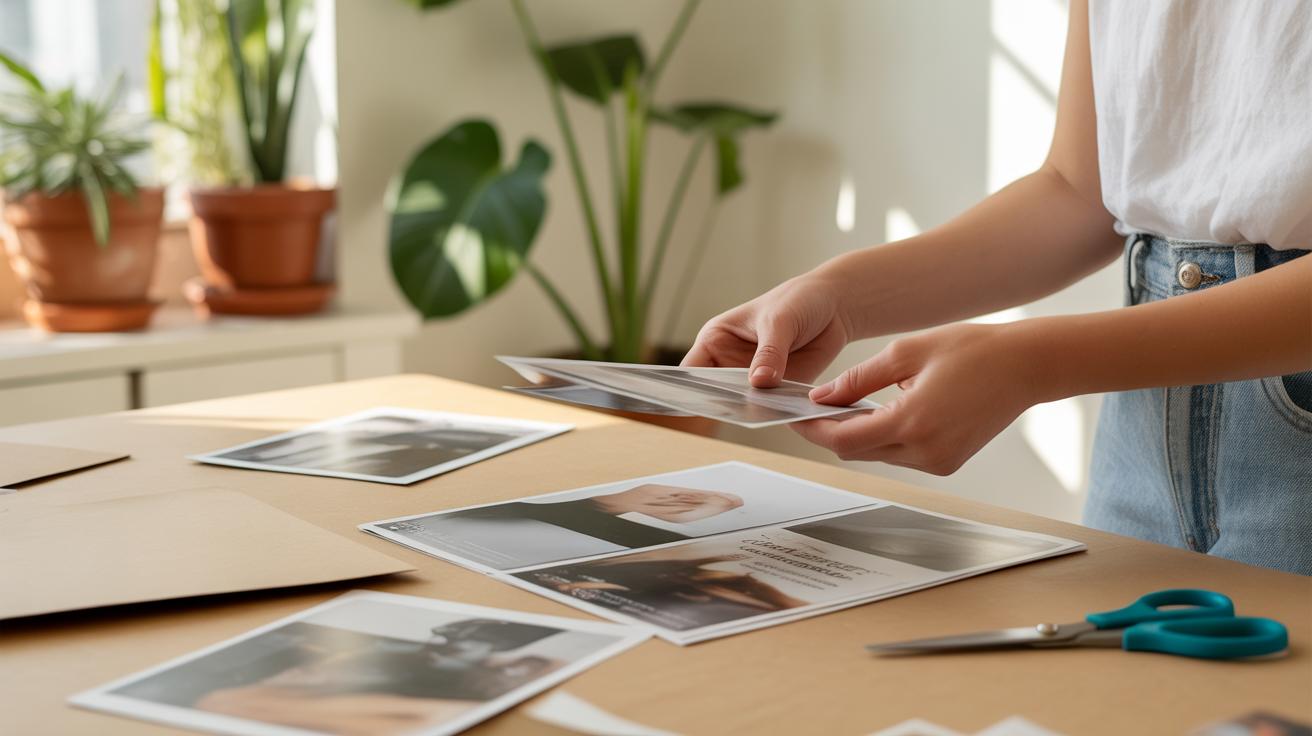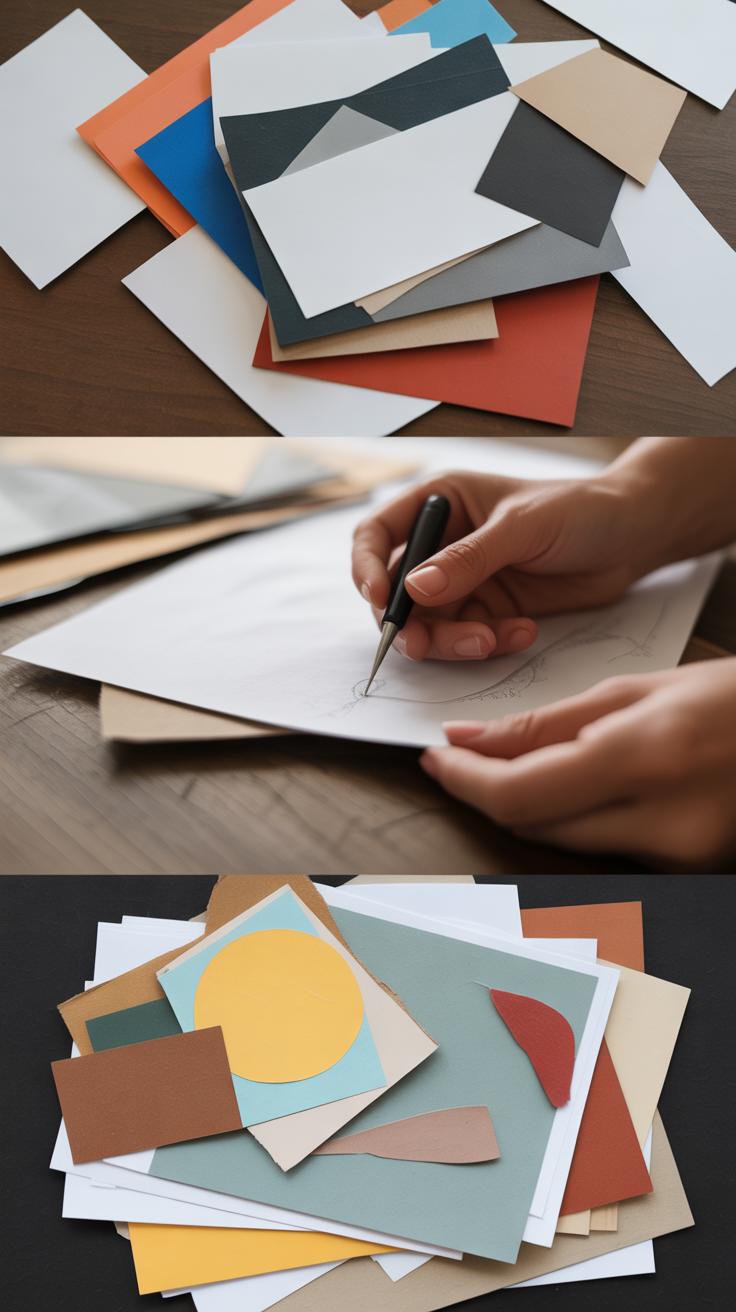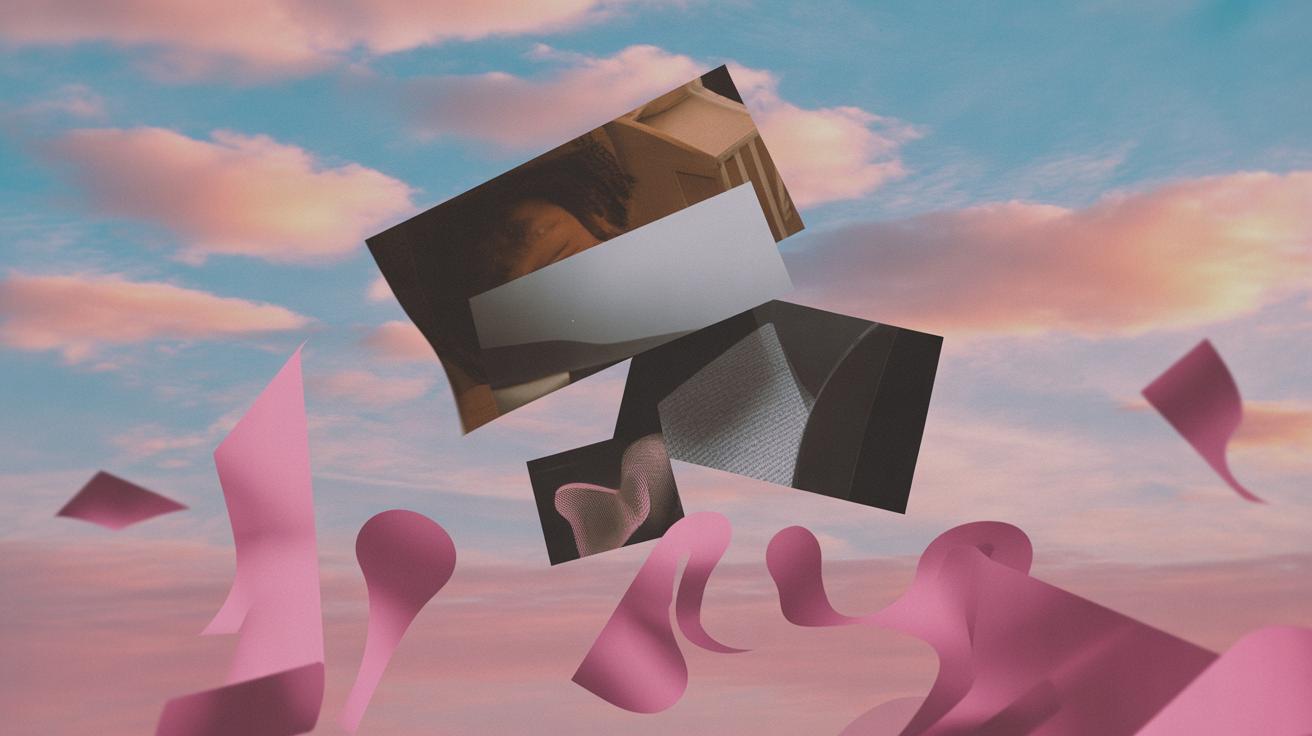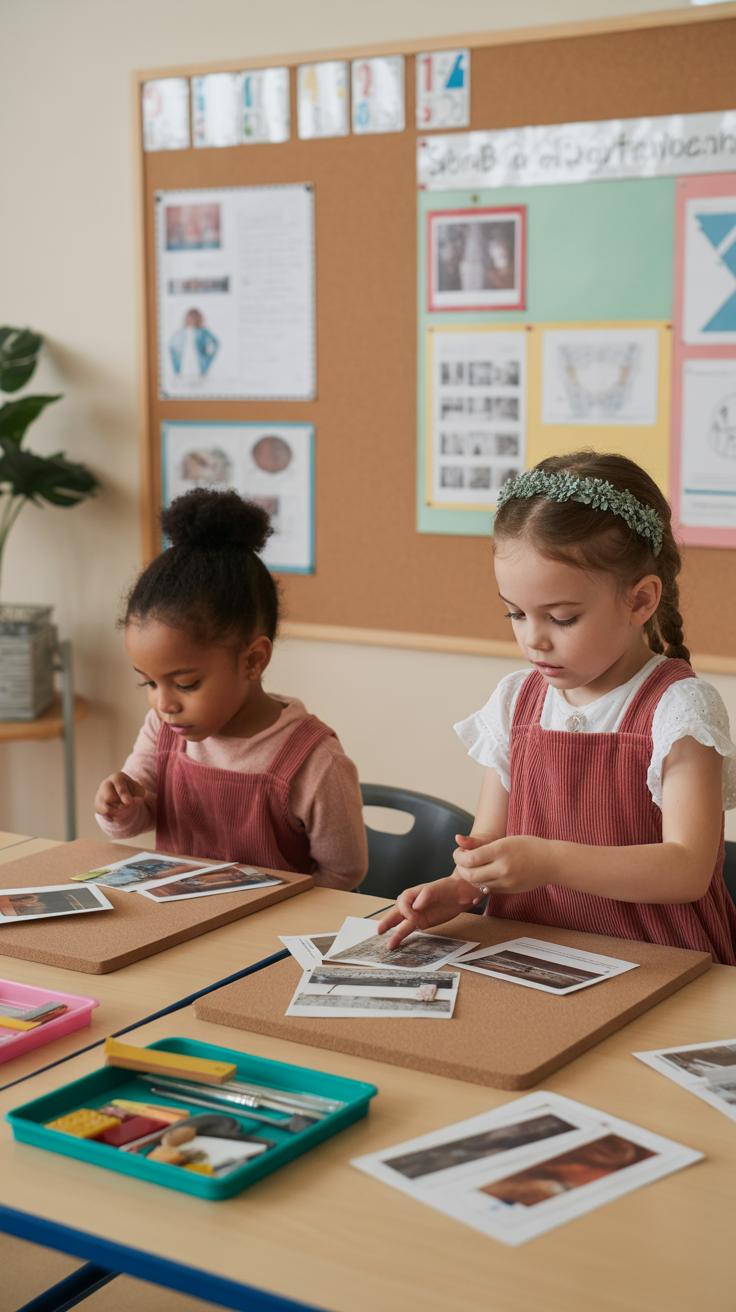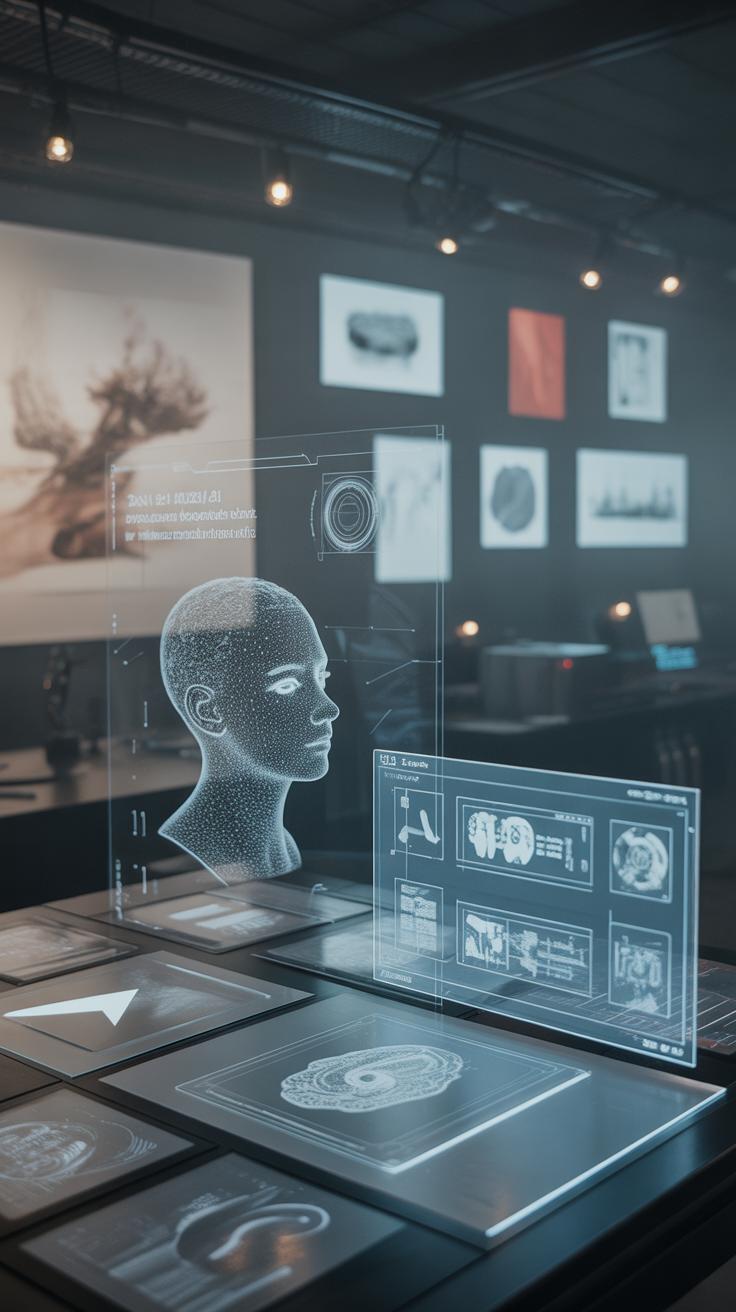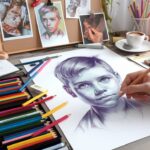Introduction
Collage illustration has become a prominent part of contemporary aesthetic trends. This method of art, which involves assembling various materials like paper, photographs, and fabric into one composition, has gained significant popularity in modern design and art. Its unique style offers fresh perspectives that appeal to many artists and audiences.
The journey of collage illustration is both rich and varied. From its roots centuries ago to its modern interpretations, this art form continues to influence graphic design, advertising, and digital media. This article examines the rise of collage illustration, its methods, and its role in today’s visual culture.
The History And Origins Of Collage Illustration
Ancient And Medieval Beginnings
Collage might feel modern, but its roots stretch surprisingly far back—back to ancient China, where paper itself was invented around the 2nd century BCE. Early manuscripts used glued paper not just for writing but as decorative elements, layering colors and textures. In Japan, the technique refined into intricate paper layering and mounting methods, seen in art like *chigiri-e*, which involves tearing colored paper to form images. This wasn’t collage as we know it but a hint toward combining materials in creative ways.
In medieval Europe, artists assembled fragments of parchment or snippets of illuminated manuscripts, sometimes creating patchwork-like pages. These instances were practical and decorative rather than expressive art pieces. But they sowed seeds for later exploratory uses. So, although collage as an art form didn’t exist yet, these practices planted the idea of mixing materials on a surface.
Modern Art And Collage
The leap to what we recognize as collage came in the early 20th century with Picasso and Braque. They started incorporating newspaper and wallpaper into their Cubist paintings, breaking traditional boundaries. Suddenly, the image wasn’t about realistic depiction but about combining reality in fragmented pieces. This broke down old hierarchies.
By adding everyday materials directly to their canvases, they blurred the line between painting and sculpture. I find it fascinating how this simple act questioned the very essence of art. It wasn’t just about what you painted but what you chose to include, where. Collage brought a new texture and depth, making the artwork more tactile and multidimensional, which influenced many movements that followed.
Materials And Techniques In Collage Illustration
Traditional Materials In Collage
When you think about collage, the first materials that come to mind are probably paper clippings—those bits torn from magazines, newspapers, or old books. They offer texture, color, and shape, lending themselves easily to layering and reassembly. Photographs are another classic choice, bringing a personal or documentary feel to the work. Ribbons and fabric scraps, too, often find their way into collages, adding depth and unexpected tactile elements that paper alone can’t achieve.
Paint, often overlooked, plays a subtle but important role. Artists sometimes apply washes of acrylic or watercolor over their compositions or use paint to glue down pieces, creating a blend of two- and three-dimensional elements. These traditional materials have an immediacy that connects directly to the artist’s hand, and working with physical objects encourages spontaneity.
Modern Techniques And Tools
Across recent years, I’ve noticed that many artists mix physical and digital processes in interesting ways. Digital collage, for instance, expands possibilities by allowing artists to scale, manipulate, and layer images with precision. While this might seem less tactile, it opens doors for experimenting without wasting physical materials.
Mixed media approaches blend painting, drawing, photography, and collage in a single piece. Some artists create base layers on canvas or paper, then scan them to add digital elements—or vice versa. Technology makes it easier to apply effects or distortions that would be difficult by hand, but then the printed results invite traditional techniques back into the process.
These shifts raise questions about what defines collage today. Is the cut-and-paste moment necessary, or can digital layering alone count? Depending on the artist’s intent, boundaries blur. This interplay of old and new methods keeps collage illustration open and flexible, which might explain why it resonates with contemporary designers and artists alike.
The Role Of Collage Illustration In Contemporary Design
Collage illustration has found a unique spot within today’s design world, showing up regularly in graphic design, advertising, and digital media. Its appeal lies in the way it disrupts conventional layouts and breaks monotony, drawing eyes in a way that straightforward images often can’t. You might have noticed some magazine covers or poster ads where fragments of photos, textures, typography, and hand-drawn elements collide—this is collage at work, grabbing attention through unexpected juxtapositions.
In graphic design and advertising, collage serves not only as a decorative device but as a storytelling tool. By layering elements from different sources—vintage prints, bold colors, handwritten notes—designers create narratives that feel personal yet universal. For example, a campaign for a fashion brand might pair cut-outs of textile swatches with cityscape photos to evoke both texture and urban energy. Through collage, messages gain depth without overwhelming the viewer.
Digital media has shifted the possibilities for collage illustration. Digital tools allow artists to mix traditional collage materials—paper scraps, photographs—with digital painting, animation, and editing software. This hybrid approach means you can start with a hand-cut base and then digitally manipulate it, or reconstruct scanned elements into entirely new compositions. I’ve seen works where the tactile warmth of paper edges contrasts with the crispness of digital layers, creating tension and interest. It’s almost like designers are working in two worlds at once—both physical and virtual. But does this blur the line between what counts as collage? Maybe. It’s an ongoing conversation.
Practically speaking, collage illustration in modern design offers flexibility. It keeps viewers engaged by offering surprises and curiosity within visuals. Whether printed or on screens, collage invites you to look closer, wonder about origins, and piece together meanings. And with digital tools, the opportunities only keep expanding. You might even try combining your own drawings with found images digitally. What would you create with a blend like that?
Collage Illustration As A Form Of Personal Expression
Artists often turn to collage illustration when words or traditional images don’t quite capture what they want to say. The layering of textures, images, and fragments opens a space where personal stories unfold in unexpected ways. It’s like piecing together moments, memories, or feelings that don’t fit neatly into one single frame. You might’ve seen a collage that seems chaotic at first, but on closer look, you discover a narrative revealing itself—maybe about loss, joy, confusion, or hope.
Collage offers an almost tactile connection to emotion because it’s built from pieces that can contrast sharply. Sharp edges next to soft curves, vintage photos mixed with graphic shapes—these tensions can express something complex and raw. It’s as though the artwork breathes with multiple voices. You begin to wonder if the artist is inviting you to feel their story or to puzzle it out on your own.
There’s also a sense of freedom here that’s hard to find in other techniques. Collage isn’t about perfect alignment or symmetry. Instead, it encourages playing with materials, layering anything from magazine clips to fabric or paint. Artists can change direction mid-process or combine ideas that might seem incompatible. This openness lets creators push boundaries, often resulting in work that feels alive and unpredictable. Maybe this is why so many keep returning to collage—it’s a method that welcomes mistakes as much as successes.
Notable Contemporary Collage Artists And Their Work
When we look at today’s collage artists, a few names come up often, each offering very distinct visions and techniques. Take, for instance, Hannah Höch, whose influence lingers in the work of many modern creators, yet artists like Eugenia Loli or Liza Lou stretch the medium in new directions that might surprise you.
Hannah Höch’s pieces often mix found photographs with satire, pulling cultural snippets apart and stitching them back together in ways that question identity and society. Meanwhile, Loli builds dreamlike, sci-fi scenes by layering vintage images, often inviting viewers into strange narratives that feel both nostalgic and fresh.
Liza Lou, on the other hand, moves past paper and glue. Her large-scale works use beads and other materials in a collage-like fashion, blurring lines between craft and fine art. Each artist seems to follow their curiosity, selecting themes and methods that sometimes clash but often complement their messages.
From assembled magazine clippings to hand-cut maps or tiny bits of fabric, the diversity of approach here is striking. It makes you wonder: what counts as collage today? And how far can this practice stretch while still holding on to its roots?
How To Start Creating Your Own Collage Illustrations
Gathering Materials And Tools
Starting your own collage doesn’t require fancy supplies—really, you can begin with things around you. Old magazines, newspapers, scraps of colored paper, fabric bits, even ticket stubs can serve as your raw materials. I’ve found that flipping through thrift shops or flea markets sometimes unearths unexpected textures or images that add a unique touch. Try checking recycling bins or clearance racks too—sometimes unexpected treasures are hidden there.
As for tools, scissors are a must, but a craft knife offers more precise cuts if you feel up to it. Glue sticks often work better than liquid glue because they’re less messy and dry quicker, but a bit of experimentation is fine here. You might want a sturdy backing like cardstock or a canvas panel to build your piece on, but ultimately, any firm surface can do.
Basic Steps To Create Collage Art
Begin by thinking about what you want to express. Don’t overthink it; just start collecting images or textures that catch your eye. Lay them out loosely before you glue anything down. This part is like a puzzle—see how elements interact visually or conceptually.
Once you’re satisfied with the arrangement, start fixing pieces one by one. Work from the background to the foreground so layered effects stand out. Don’t worry if things shift slightly—it’s part of the process. When everything is glued, press your collage under a heavy book to avoid warping. You can add details with pens or paint if you want, making it more personal.
What interests you most in collage? Is it layering conflicting images, or just playing with color and shape? Starting is the hardest part, but once you get going, you might be surprised how naturally it flows.
Challenges And Solutions In Collage Illustration
Handling Materials And Composition
Working with collage means juggling many materials—papers, fabrics, even found objects—and that can get tricky fast. You might find it hard to get everything to sit well together, especially when textures and colors clash or compete for attention. Arranging elements in a way that feels balanced but not predictable takes time; sometimes, it’s a matter of trial and error, moving pieces around until they just feel right, even if there’s no exact formula.
One way to ease this is by thinking in layers, literally and figuratively. Start with a simple foundation, maybe a toned background, and build gradually. Think about which pieces are the focal points and which should support the overall mood. Don’t be shy about cutting or reshaping elements to better fit the composition—it’s rarely perfect on the first try. And remember, too many small pieces can clutter the visual flow, so sometimes less really is more.
Preserving Collage Art
Protecting collage art is another sticking point. Because you’re working with glue, paper, and sometimes delicate materials, the risk of warping, fading, or pieces lifting is always there. I’ve seen beautiful works start to curl or discolor just from being in the sunlight or humidity. It makes you want to treat the artwork like it’s fragile, but that’s not always practical.
A good approach is using archival-quality adhesives and acid-free papers from the start. For finished pieces, sealing sprays or protective glass frames can help. But even then, it’s wise to avoid direct sunlight and damp places. Storage matters too—flat and cool is best. You might have to accept that some aging happens no matter what, but the goal is to slow it down and keep your work as close to the original as possible for longer.
Collage Illustration In Education And Therapy
Teaching Creativity Through Collage
Teachers often turn to collage as a way to open up students’ creative thinking. The tactile nature of cutting and pasting images or textures lets students experiment without the pressure of perfect drawing skills. It’s freeing, in a way. Some educators encourage kids to combine found objects with painted elements, letting their ideas spill out in unexpected ways.
This approach helps students express feelings or stories they might not yet have the words for. By piecing together images, they explore identity or themes that might feel too big or vague otherwise. That said, it’s sometimes tricky to guide without steering too much. The balance between structure and freedom can be delicate, and teachers often have to read the room carefully.
What’s interesting is seeing students’ confidence grow after working with collage. The hands-on process seems to lower barriers, allowing more self-expression. I’ve noticed that even shy students can suddenly become more engaged, which feels like a small breakthrough on both sides.
Therapeutic Benefits Of Collage
In therapy, collage serves as more than just a creative activity. It becomes a tool for clients to explore emotions they struggle to voice. The act of selecting and arranging images can reveal subconscious feelings or stories hidden beneath the surface.
Some therapists report that collage helps people process trauma, anxiety, or depression by externalizing internal experience. It offers a safe container where complex feelings get a form, which can be less intimidating than direct conversation.
The physicality of collage—cutting, placing, layering—provides a grounding effect. It demands focus, which can quiet overwhelming thoughts for a moment. But it’s not always straightforward; sometimes clients resist or feel stuck, mirroring their emotional blocks. In those moments, the therapist’s role shifts into gentle encouragement rather than directing.
Overall, collage in therapy invites new perspectives on personal challenges. You might wonder how a few scraps of paper could lead to meaningful change, yet for many, the process alone sparks insights that words can’t capture.
Future Directions Of Collage Illustration
It’s hard not to be curious about how collage illustration will develop next. With new tools appearing, the way artists create and share their work could shift quite a bit. Digital platforms are already changing the game—think AI-assisted cuts or augmented reality layers that let you interact with collages beyond a flat image.
Imagine using machine learning to blend images in ways that would take hours manually. Or tools that analyze your style and suggest surprising combinations you might not consider on your own. These technologies don’t replace the artist but open new avenues, making collage both more complex and, paradoxically, more accessible.
Then there’s how cultural influences might weave into collage’s future. As global connections deepen, artists bring fresh perspectives, merging traditions with contemporary aesthetics. You might see more voices from regions less represented before. This could create a richer dialogue within collage art, but also raises questions about authenticity and appropriation, something to watch as the scene evolves.
So, what’s your take? Will technology make collage cold and impersonal, or will it unlock creativity in unexpected ways? And as diverse perspectives enter the field, how will the meaning of collage change? It feels like we’re standing right at the edge of something quite open-ended.
Conclusions
Collage illustration has firmly established itself in contemporary aesthetics. It bridges traditional art with modern creativity, offering artists new ways to communicate ideas visually. By experimenting with different materials and styles, collage artists continue to push boundaries and inspire others.
If you are considering exploring collage illustration, understanding its history and techniques will help you appreciate its depth. Its flexible nature encourages innovation and personal expression, making it a valuable tool in your artistic toolbox.
